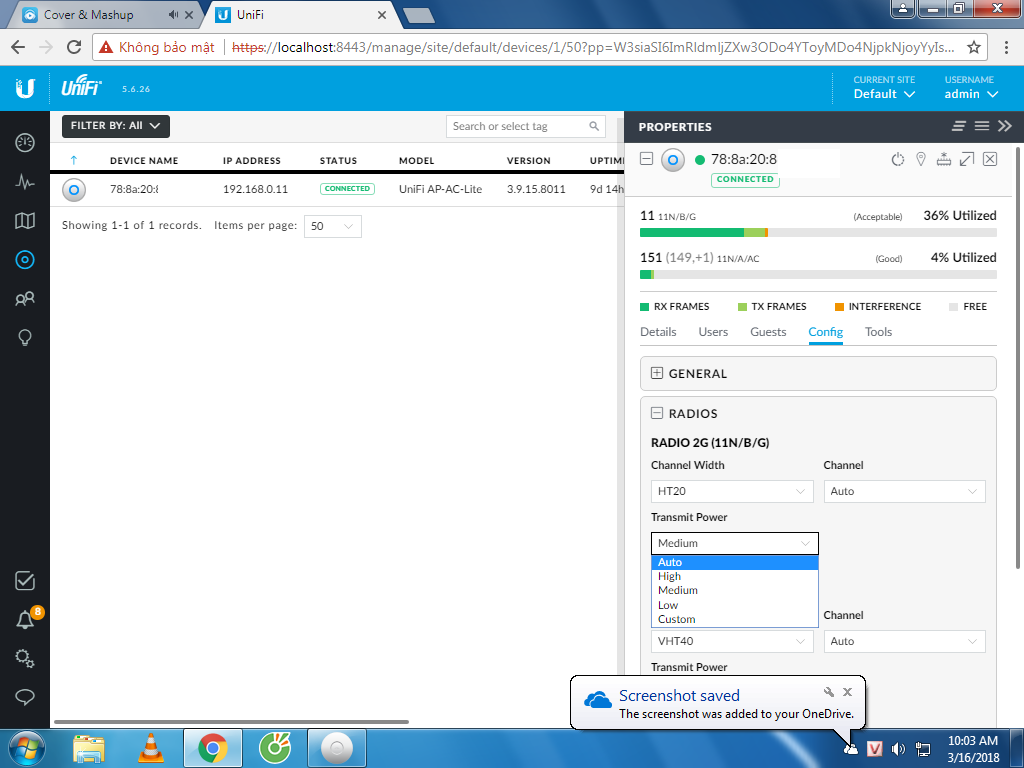
In most cases, you’ll be within regulations using omni-directional antennas supplied by the vendor of your radio NICs and access points. When using omni-directional antennas having less than 6 dB gain in this scenario, the FCC rules require EIRP to be 1 watt (1,000 milliwatts) or less. Radio NICs in user devices and access points generally have omni-directional antennas that propagate RF energy in most directions, which maximizes connectivity for mobile applications. FCC tighter on mobile WLANs Related ArticlesĪ typical indoor WLAN consists of enough access points to cover the facility to enable wireless mobility for users. As a result, higher values of dBi extend the range of a wireless LAN. What we do need to know, however, is that every three dBi doubles the power of an RF signal. Manufacturers determine the antenna’s dBi value, so it’s a relief we don’t have to calculate it. More precisely, dBi equals 10 times the logarithm (base 10) of the electromagnet field intensity of the antennas favored direction divided by the electromagnetic field intensity of an isotropic antenna (with measurements taken at the same distance). dBi represents the gain of an antenna as compared to an isotropic radiator, which transmits RF signals in all directions equally. The gain of an antenna represents how well it increases effective signal power in a particular direction, with dBi (decibels relative to an isotropic radiator) as the unit of measure. You must take all of these into account when calculating the EIRP for a specific radio. EIRP represents the total effective transmit power of the radio, including gains that the antenna provides and losses from the antenna cable. Part 15.247 provides details on limitations of EIRP (equivalent isotropically radiated power). Regulatory bodies in other countries have similar rules. Manufacturers of 802.11 products must comply with Part 15 to qualify for selling their products within the U.S. In the U.S., the FCC (Federal Communications Commission) defines power limitations for wireless LANs in FCC Part 15.247. The RF spectrum is limited, so we must control the amount of power must we use. The problem, however, is that RF interference with other nearby equipment would occur more often. In many cases, installers would prefer to use comparatively high transmit power to increase the range of access points.

#Maximum transmit power wifi license#
In order to qualify for license free operation, however, the radio devices must limit power levels to relatively low values. Most countries deem 802.11 wireless LANs as license free.

The spectrum regulatory body of each country restricts signal power levels of various frequencies to accommodate needs of users and avoid RF interference. Understand the limitations of transmit power and antenna gain limitations so that you don’t mistakenly violate FCC regulations.


 0 kommentar(er)
0 kommentar(er)
